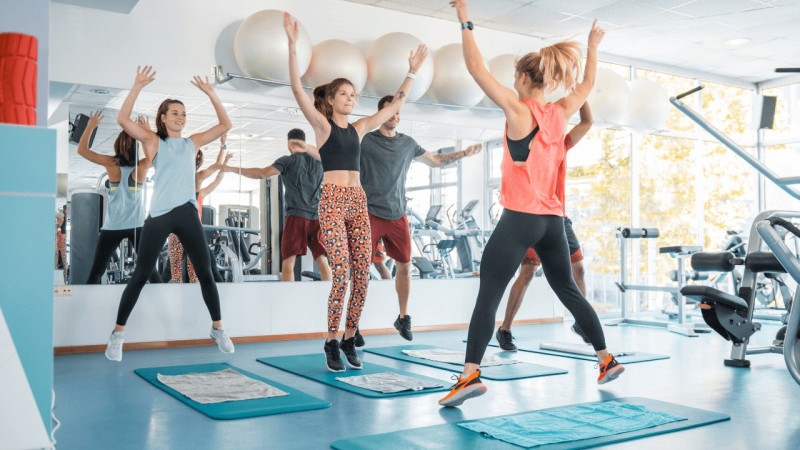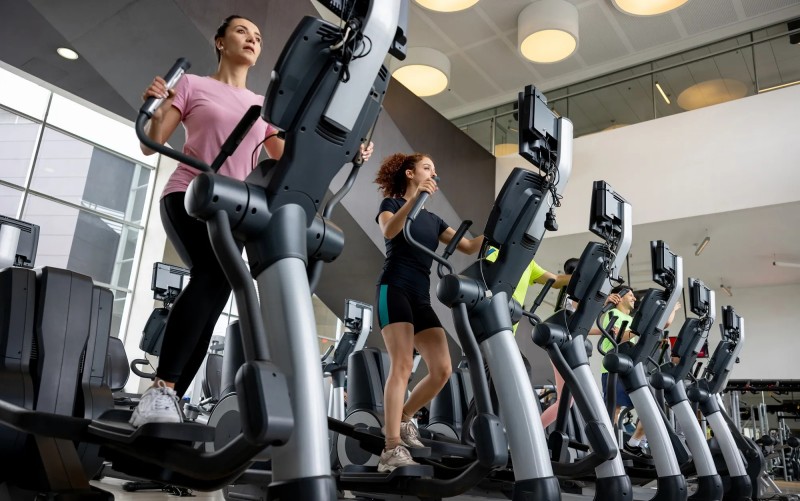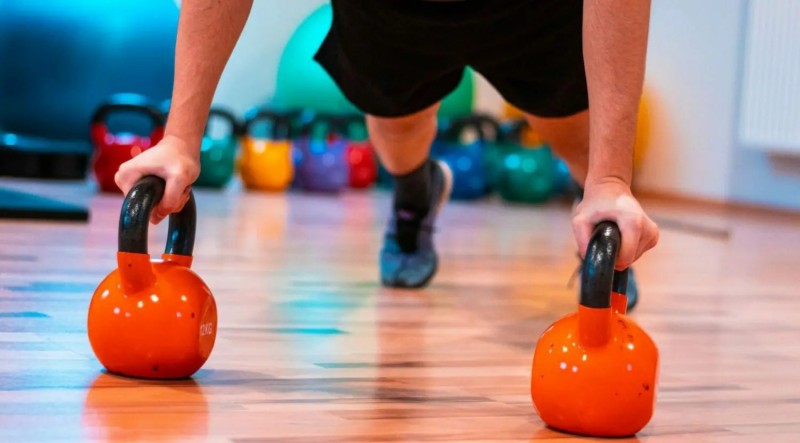The deadlift is a classic and integral part of any strength training routine. However, it’s all too easy to fall into bad habits when performing this exercise, which can lead to injuries and ineffective workouts. That’s why understanding and applying deadlift form correction is essential. This article will guide you through the process of correcting your deadlift form, ensuring you get the most out of your workouts.
The importance of proper deadlift form cannot be overstated. A 2024 study from the Journal of Nutritional Health found that incorrect form during deadlifts can lead to increased risk of lower back injury and decreased muscle activation. The first step in deadlift form correction is understanding the basic mechanics of the exercise.
When executing a deadlift, your feet should be hip-width apart, and your grip just outside your legs. The bar should be over your mid-foot, and you should keep your back straight throughout the movement. As you lift the bar, drive through your heels and keep the bar as close to your body as possible.
If you’re experiencing difficulty maintaining this form, there are several common issues you might be encountering. One of the most common is rounding your back during the lift. This can be corrected by focusing on keeping your chest up and your back straight. It may be helpful to practice with a lighter weight until you can consistently maintain this form.
Another common issue is lifting the bar too far away from your body, which can put unnecessary strain on your back. This can be corrected by focusing on keeping the bar as close to your body as possible during the lift. Again, practicing with a lighter weight can be beneficial.
A 2025 study from the International Journal of Sports Medicine found that incorporating accessory exercises into your routine can also greatly assist in deadlift form correction. This can include exercises like Romanian deadlifts, which specifically target the hamstrings and lower back, or Good Mornings, which target the hips and glutes. These exercises can help strengthen the muscles used in the deadlift, making it easier to maintain proper form.
Finally, it’s important to remember that deadlift form correction is a process. It takes time and consistent practice to master. Don’t be discouraged if you don’t see immediate improvements. Instead, focus on making small, incremental changes to your form. Over time, these small changes will add up to a significant improvement in your overall deadlift form.
To summarize, deadlift form correction is crucial for minimizing injury risk and maximizing the effectiveness of your workouts. By understanding the basics of the exercise, identifying and addressing common form issues, incorporating accessory exercises, and being patient with your progress, you can master the art of the deadlift and reap its many benefits.












 : eval()'d code(1) : eval()'d code(1) : eval()'d code(1) : eval()'d code</b> on line <b>2</b><br />
https://mindbodyfuell.com/wp-content/themes/baobao/default.jpg)
